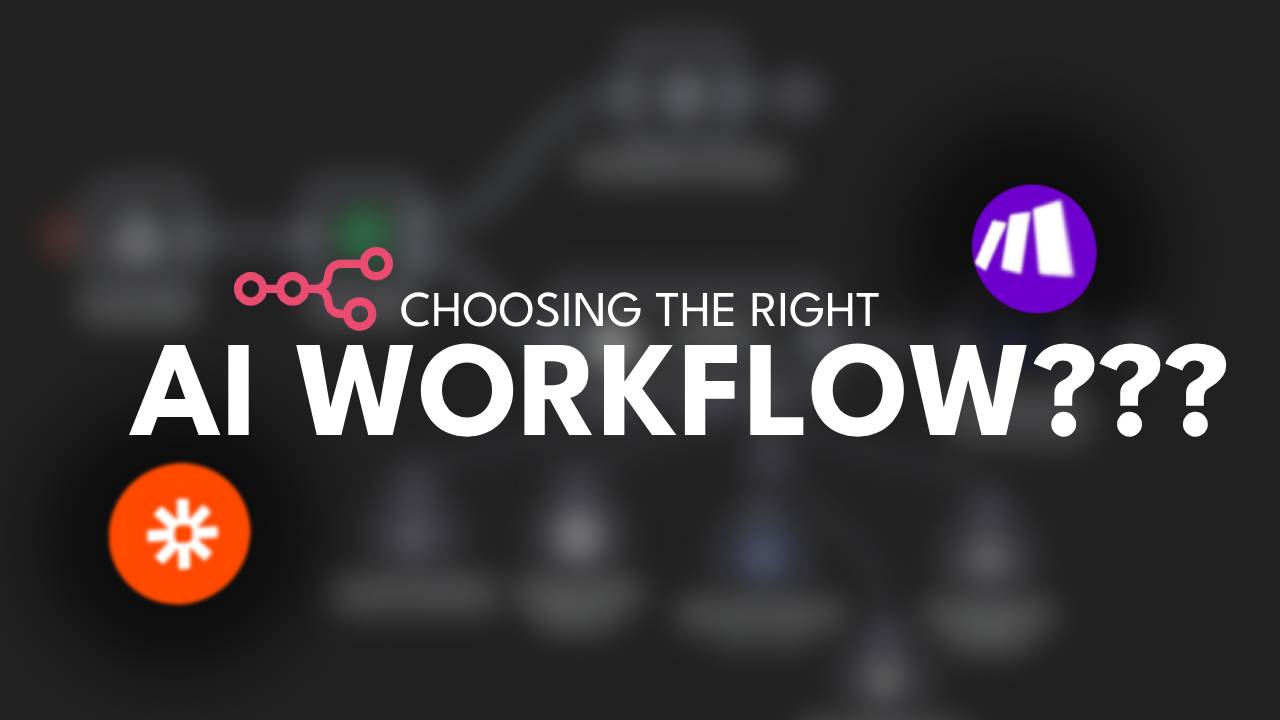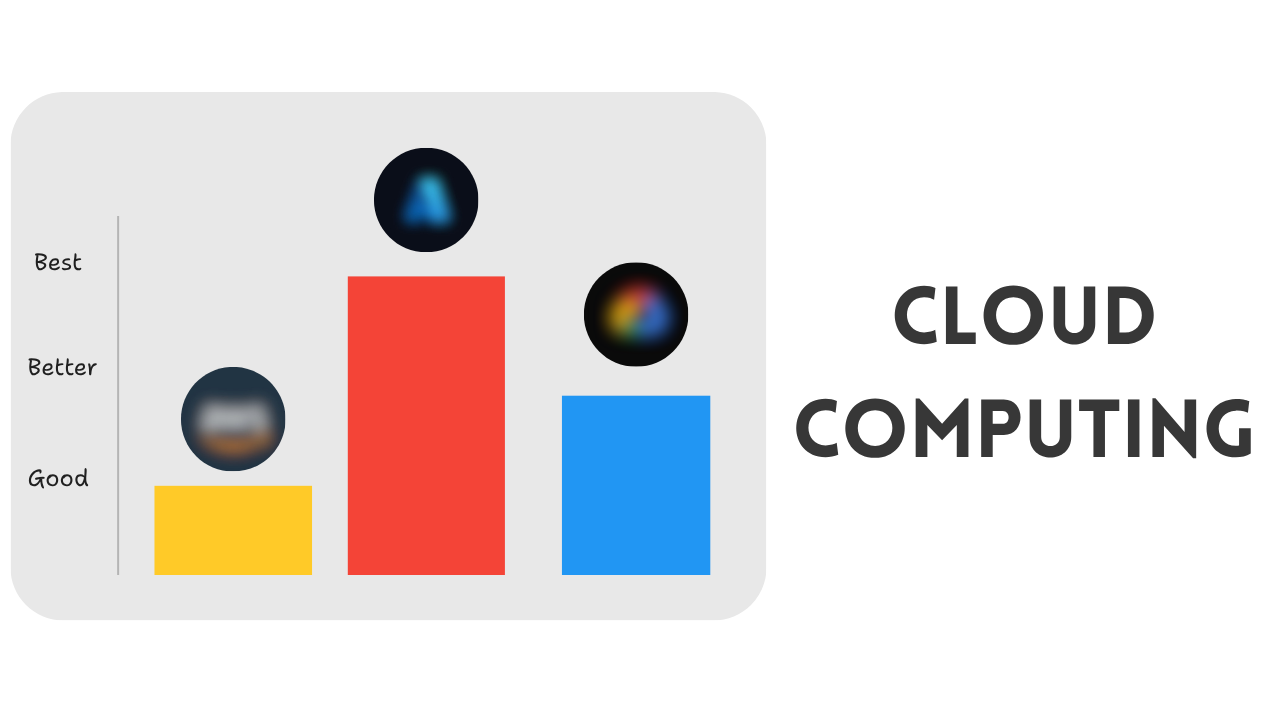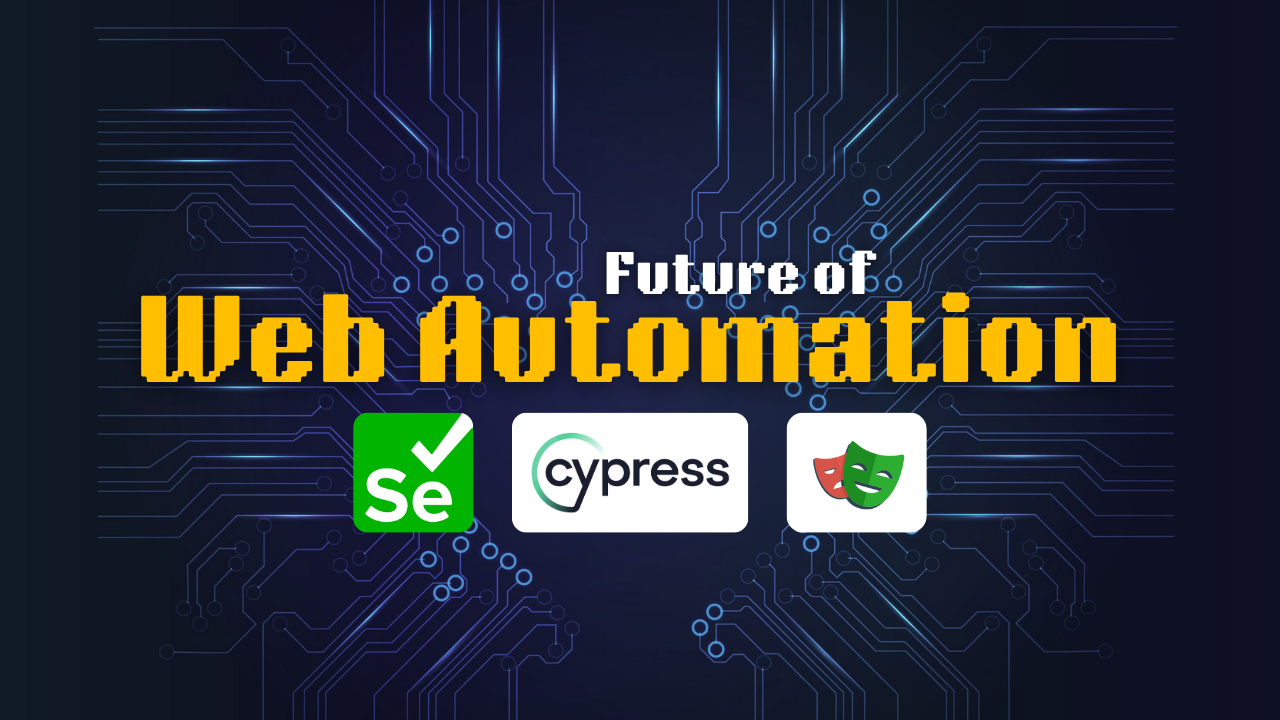
The Right AI Workflow Tool for You: Zapier vs. Make vs. n8n and Beyond
The world of work is getting a powerful upgrade. AI workflow automation is no longer a futuristic concept—it's a core competitive advantage. With the market projected to hit nearly $24 billion by the end of 2025 and 75% of businesses embracing automation, the question is no longer if you should automate, but how.
An AI workflow is more than just a simple "if this, then that" command. It's a smart, structured process that uses machine learning (ML) and natural language processing (NLP) to handle complex tasks, make decisions, and connect the tools you already use. Think of it as a digital team member that can:
- Categorize support tickets by urgency based on the customer's tone.
- Extract key data from an invoice and populate your accounting software.
- Generate a summary of a long email thread and assign a follow-up task.
However, with a flood of powerful tools on the market, choosing the right one can feel overwhelming. This guide will break down the leading players, from user-friendly giants to open-source powerhouses and the new wave of AI "agents", to help you find the perfect fit.
The Big Three: A Head-to-Head Comparison
For most businesses, the journey into workflow automation starts with one of these three leading platforms. While they all aim to connect your apps and automate tasks, they cater to very different users, needs, and budgets.

🥇 Zapier: The Beginner's Best Friend
If you want to get started with automation right now with virtually no learning curve, Zapier is for you. Renowned for its incredible ease of use and a staggering library of over 7,000 app integrations, Zapier makes connecting your digital life feel like child's play.
Best for: Non-technical teams, marketers, solo founders, and anyone looking to automate everyday tasks quickly.
Key strength: Simplicity and integration. Its guided, linear workflow builder ("Zaps") is extremely intuitive. If an app exists, there's a good chance Zapier connects to it.
The catch: Its simplicity can be a limitation for highly complex, multi-path workflows. Costs can also scale quickly as your task volume grows.
2025 pricing snapshot:
- Free plan: Includes 100 tasks per month.
- Paid plans: Start around $19.99/month (billed annually).
🥈 Make: The Visual Powerhouse
Make (formerly Integromat) takes a more visual, dynamic approach. Instead of a linear list, you build "scenarios" on a drag-and-drop canvas, allowing you to visualize complex, branching logic.
Best for: Tech-savvy users, operations managers, and anyone who needs to build intricate, multi-step workflows with conditional logic.
Key strength: Flexibility and visualization. The visual editor makes it easy to see how data flows, splits, and merges. It offers more power and control than Zapier without requiring you to write code.
The catch: The interface is powerful but comes with a steeper learning curve than Zapier.
2025 pricing snapshot:
- Free plan: A generous free tier with 1,000 operations per month.
- Paid plans: Start around $9/month (billed annually).
🥉 n8n: The Developer's Choice
n8n (pronounced "nodemation") stands out for one massive reason: it's open-source. This gives developers ultimate control and flexibility. You can host it on your own servers or use their cloud version for convenience.
Best for: Developers, technical teams, and organizations that need deep customization and control over their infrastructure.
Key strength: Customization and control. You can write custom JavaScript or Python code within a node and modify the platform as needed.
The catch: It is the most technical of the three and best suited for users comfortable with code and APIs.
2025 pricing snapshot:
- Self-hosted: Free (open source); you pay for server infrastructure.
- Cloud plan: Starts at around €20/month for hosted solution.
Beyond the Big Three: The Next Wave of AI Automation Tools 🚀

While the big three are excellent general-purpose platforms, a new category of specialized and AI-native tools is emerging to tackle specific challenges. Keep an eye on these players:
- For Agentic workflows (MindPal, SmythOS): Build autonomous AI "agents" that can reason and execute complex, multi-step tasks with minimal human input.
- For browser-based tasks (Bardeen): Chrome extension to automate repetitive web tasks like scraping data or summarizing articles.
- For enterprise integration (Workato, Microsoft Power Automate): Enterprise-grade platforms for scaling automation across departments.
- For AI application development (Dify): Open-source LLMOps platform for building and managing custom AI apps and agents.
How to Choose Your Champion: Four Key Questions
The "best" tool is the one that fits your specific context. Before you commit, ask yourself these questions:
- Who is the user? Marketers, developers, or operations leads all have different needs—match the tool to the user.
- What is your technical comfort level? Avoid tools that are too complex. Empower your entire team with low-code options if needed.
- What's your tolerance for risk? AI may hallucinate; use human-in-the-loop for critical processes. Start small and safe.
- Do you have a governance plan? Choose tools with compliance features and role-based access to manage "Shadow AI" risks.
The Final Word
The era of manual, repetitive digital work is ending. Whether you choose the accessible power of Zapier, the visual flexibility of Make, or the open-source freedom of n8n, the goal is the same: to free up human minds for strategic, creative work that truly drives value.
Start small, pick a single frustrating process, and automate it. The productivity gains will speak for themselves, paving the way for a smarter, more efficient future of work.





Leave a comment
This site is protected by hCaptcha and the hCaptcha Privacy Policy and Terms of Service apply.